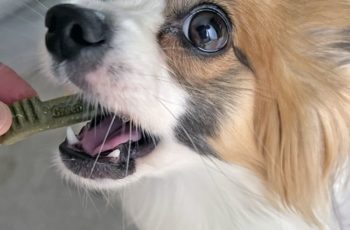It’s an old adage that dogs will eat anything. And eat a lot of it. So it can be worrying, frustrating and downright puzzling if your pup decides they will refuse their food.
If it was not good food it would be understandable, but often we are talking about the top name brand, recommended by hundreds of reviews, human grade dog food that was not cheap.
Pups are supposed to love this stuff, so why is yours turning his nose up at it?
Why Do Dogs Get Picky With Their Food?
The fact is that dogs, in general, are pickier with their food than they are often given credit for.
Since they can’t speak ‘human’ and tell us directly, they express their distaste at their dinner by simply refusing to eat it.
Sometimes there may be an underlying cause for their refusal to eat – they feel ill, the food smells off to them (if not to us) it has no smell (which is very important to dogs) or they fill up on too many treats.
Age can be a factor too. Puppies and young dogs have a lot more energy than older dogs, and therefore need more calories and more food.
If you think your older dog is becoming a picky eater that may not be the case, their metabolism may simply be slowing down and they need fewer calories – and less food – than they used to.
13 Dog Breeds That Are Picky Eaters
It does seem that there are also some dog breeds who are simply pickier with their food than others.
While the exact reasons for this are sometimes unclear, it does seem that certain pups are far more likely to be harder to please at mealtimes than others, and it is some of those pups we are going to take a closer look at here today, as well as some things you might be able to do to get any pup to eat better, whether they belong to one of these picky eating breeds or not.
1. Boston Terrier
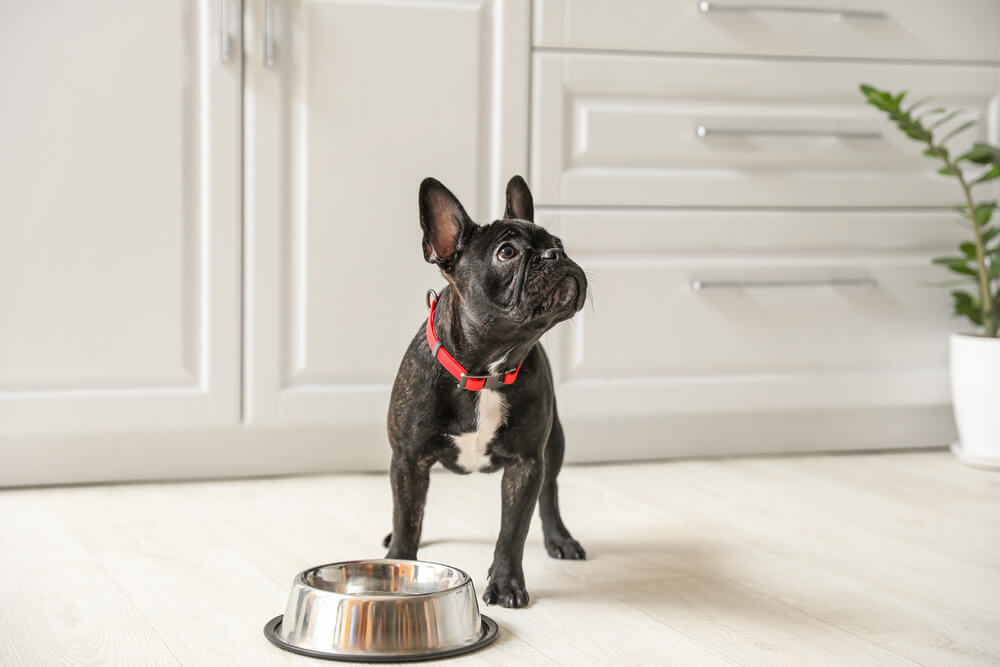
You would think that being a terrier, a Boston Terrier would eat anything, and certainly most breeds of terrier do. The Boston is, however, known to be something of a picky eater.
Perhaps it’s something to do with their bulldog genetics, or the fact that they are often prone to obesity and very fond of treats.
Sometimes a refusal of their ‘regular’ food may be due to a desire to get more treats.
Terriers are very scent driven and treats are so appealing to dogs because, among other things, they tend to have a far more enticing scent, so a fresher, wet or freeze dried dog food may appeal to a Boston Terrier a lot more.
2. Cavalier King Charles Spaniel

These dogs have a long heritage as dogs for the upper classes in England, and their ancestors were fed only the finest sweetmeats by their royal owners, so perhaps it is a genetic ‘memory’ that will lead them to refuse to eat dog food that is not up to their personal standards.
Cavalier King Charles Spaniels are also known to be somewhat anxious dogs, so a stressor in their environment might also lead to them refusing their food.
Moving their food to a location away from where other pets, and even other humans, are eating may help a great deal.
3. Dachshund

Dominika Roseclay / Pexels
Dachshunds have, as you might have guessed by looking at them, stomachs that sit very low to the ground when compared to other pups, and too much food can lead to an upset stomach, and result in refusing to eat food to avoid a repeat of that.
A dachshund’s teeth may also be a problem. Miniature Dachshunds in particular are susceptible to periodontal disorders and quick tooth decay.
Chondrodysplasia is also a common cause of their dental problems because their tiny jaws cannot adequately accommodate all of their teeth.
As you might know yourself if your teeth hurt you just don’t want to eat, no matter how good the food is.
4. French Bulldog

The Frenchie is a beautiful dog, and an endearing, if lazy, companion.
Unfortunately, they do have lots of genetic health problems, many related to their very short snouts and respiratory systems. Sometimes if a Frenchie can’t smell that their food is food, they won’t eat it.
Also, as French Bulldogs are very temperature sensitive, if they are too hot they may not feel like eating, something that you can probably even relate to as a human!
5. Greyhound
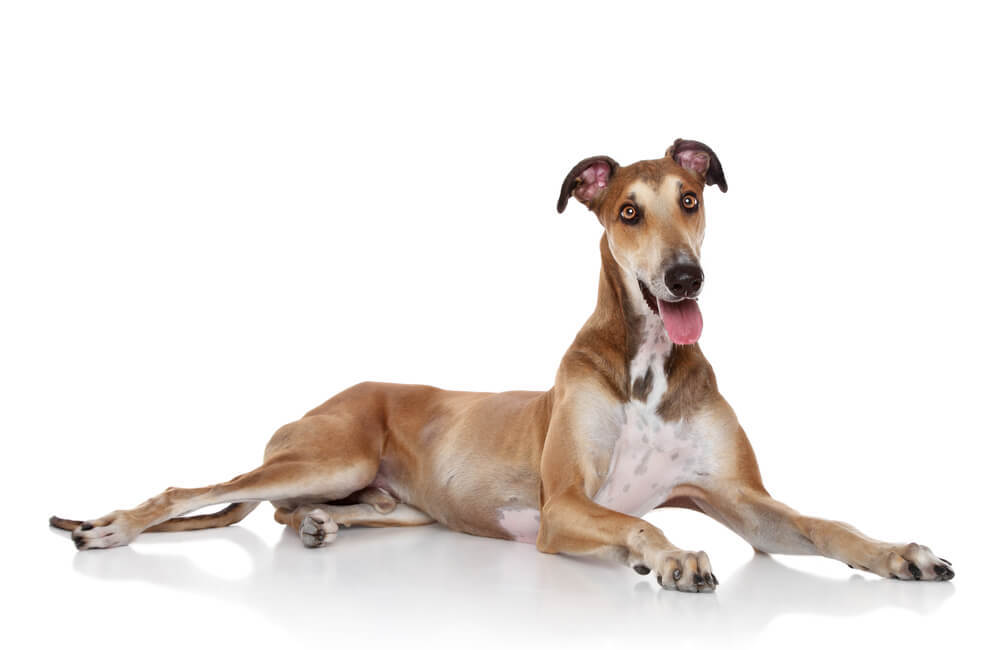
Greyhounds are slim, sleek dogs that need a very high quality diet with plenty of protein to stay healthy.
But they may not need quite as much food as you assume, given their height, and rather than refusing food they are just trying to let you know they have had enough for now.
Greyhounds are also somewhat delicate dogs when it comes to their digestive system, so a heavy, grain laden dog food may make them feel overfull and sluggish, leading them to turn it down the next time it is offered.
6. Maltese
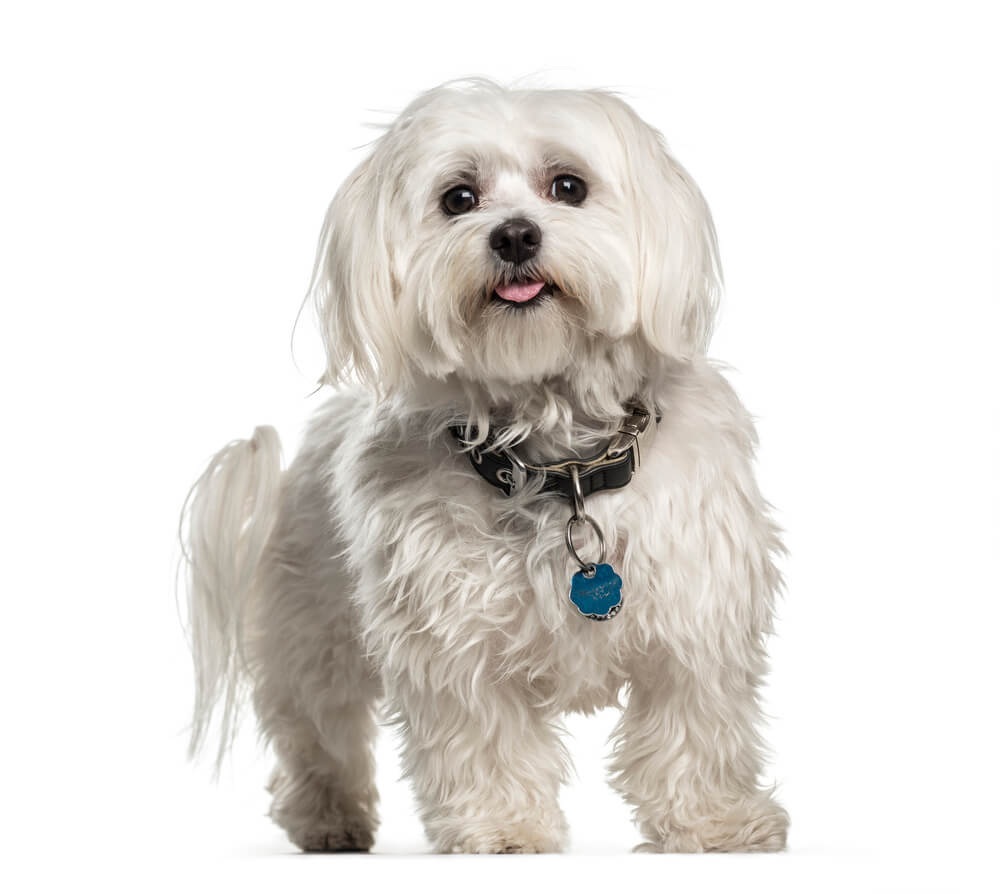
Because they have an abundance of white fur, it’s easy to forget just how small Maltese dogs really are.
On average, most of them weigh no more than 7-9 pounds, so their stomachs are small and sometimes quite sensitive, and they may not want, or need as much food as you might be expecting they should eat.
As a pup bred to be a lapdog, they also like food that’s more appealing, and will often hold out for treats rather than their food, and that might include whatever you are having.
Feeding any pup human food regularly will often lead to them becoming less fond of their own, so it’s a habit they should never be allowed to develop.
7. Poodle
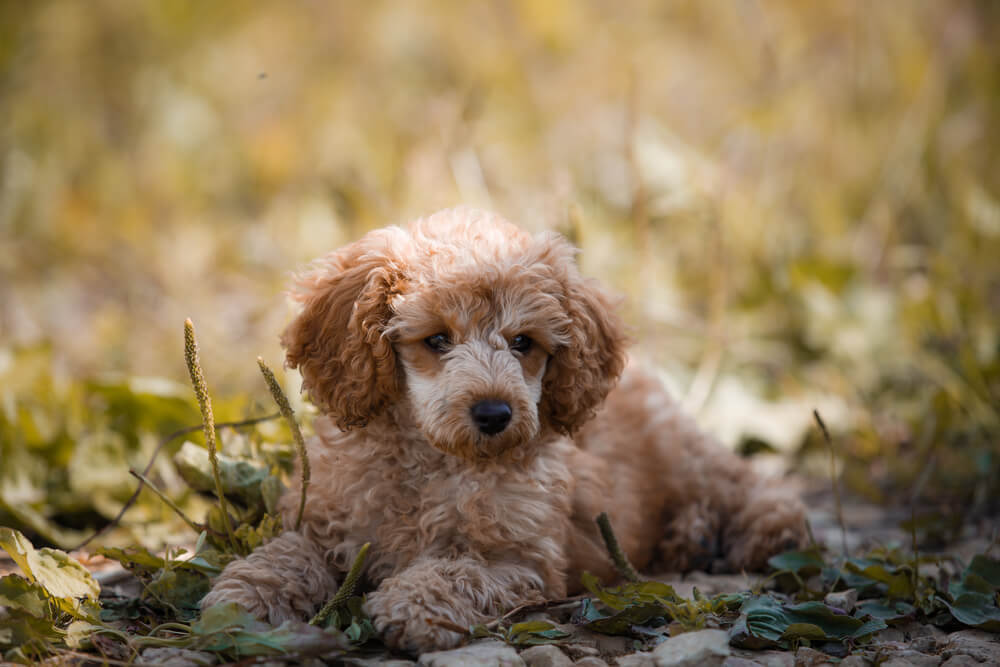
A Toy Poodle
Poodles come in different shapes and sizes – some as small as 7 pounds if they are considered a toy poodle, or as large as 60-70 pounds if they are considered standard, as well as lots of heights and weights in between.
Therefore, they have very different nutritional needs.
Often, pet parents expect their toy poodles to eat more than they really want to, and this sensible self limiting is mistaken for pickiness.
8. Pekingese

The Pekingese is another little dog who loves to be pampered, and a refusal to eat their meals might be because they are hoping to be able to hold out to persuade their pet parent to give them something ‘better’.
The one thing that pet parents should not do is give in to those cute, pleading eyes though, as the Pekingese is also a breed prone to obesity, which can endanger and shorten their lives.
9. Pug
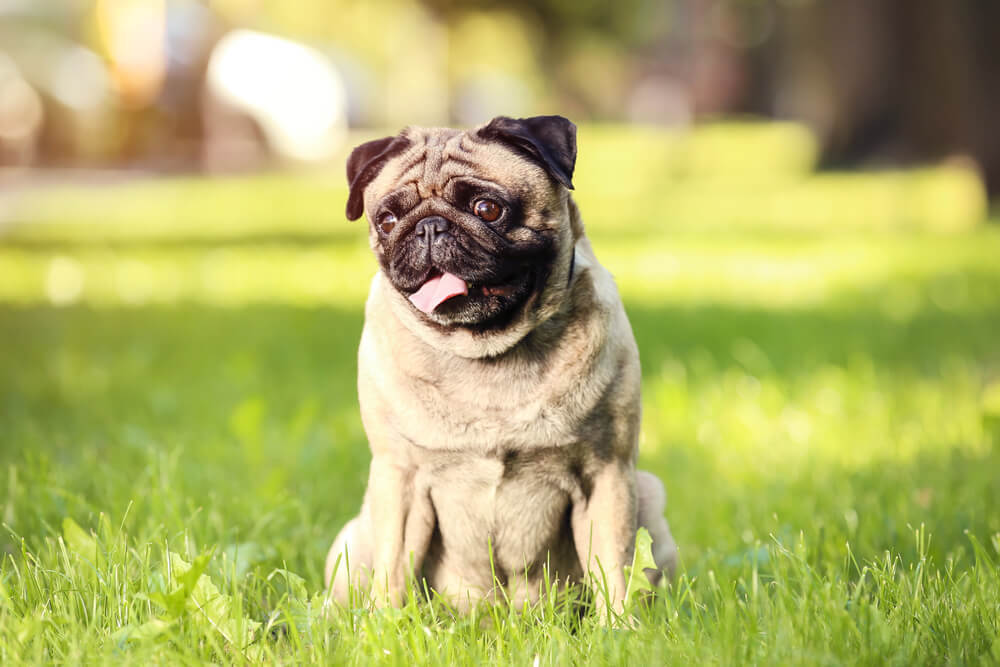
Pugs are another brachiocephalic breed who may need their food to have a much stronger smell in order for it to be appealing to them.
Dogs do have a far more powerful sense of smell than humans – by up to ten times – but for a snuffly dog like the pug many standard dog foods – especially dry kibble – might not have the enticing aroma that will persuade them to eat it.
Pugs are also very fond of treats, so they may be holding out for more of those!
10. West Highland White Terrier
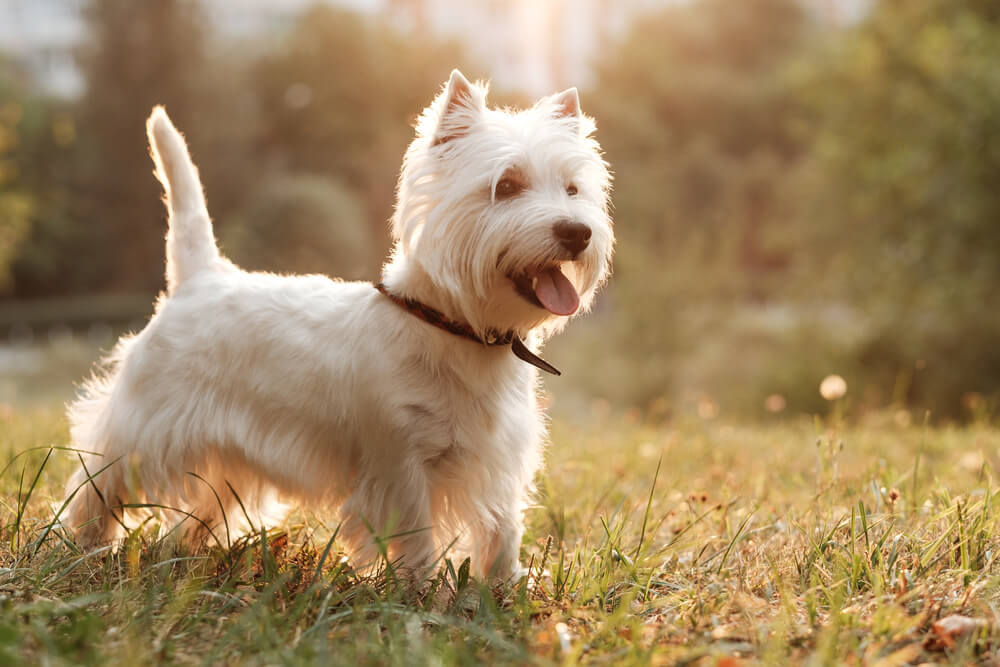
Again, it’s surprising that a terrier, who is descended from a line of pups who were bred to catch all kinds of nasty sounding prey, would be picky eaters, but it’s worth remembering that working terriers are supposed to catch prey, or chase it out, not eat it.
A terrier that eats its catch is not doing its job. Its job is to allow its owners to do what they like with the things they find.
Terriers are, as we’ve mentioned, scent driven. This is especially true of a West Highland White Terrier.
They were bred as earth sniffers, able to sniff out rats where they were not visible, often underground, and then find and kill them quickly, breaking their necks by shaking, rather than tasting or consuming them.
They want their food to smell good, so if it is not pleasing to their sensitive nose, then they might very well refuse to eat it.
11. Boxer

Boxer dogs are very smart dogs, but they also have a tendency to be maddeningly stubborn at times. That extends to their food. If a dog food is not one they like, they simply will not eat it, no matter how much you try to entice them to do so.
One problem may be that the food does not have an appealing smell. Boxers like to ‘smell’ their world to find the most interesting things, and if their food does not have an appealing smell, they are unlikely to try tasting it to find out whether it pleases them or not.
And once they find a food they do like, getting them to change to a different one won’t be easy either.
Most dogs however don’t mind having the same food every day, so once you discover a dog food your boxer does like, stocking up on it might be a good idea!
12. Saluki

The Saluki is a highly unusual dog in many ways, and they can be one of the harder to take care of breeds you can choose to welcome into your home.
In terms of diet, Salukis are thin by nature, but also muscular.
They need a high quality, high protein diet to accommodate their needs, and lower quality dog foods can lead to stomach upsets and sluggishness.
As they are also very intelligent dogs, they might remember that a certain food has caused them problems, and refuse it in the future.
13. Chihuahua
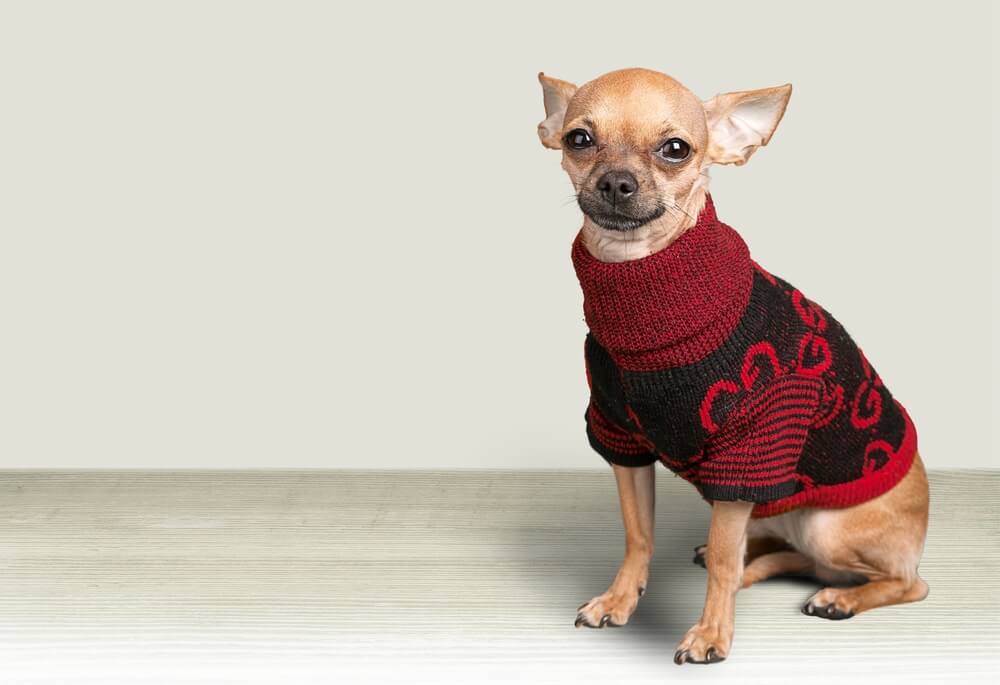
Often, when a chihuahua pet parent thinks their pup is being picky with their food they really aren’t, it’s just that often they are expecting them to eat more than they really want to.
They have tiny little stomachs, which can’t hold much food at all.
This is why rather than a few large meals a day, it’s often better to offer your chi several smaller meals they can graze at without ending up feeling bloated, then ‘refusing’ to eat at the next meal because they are still too full.
Helpful Feeding Tips and Tricks To Help a Picky Dog Eat
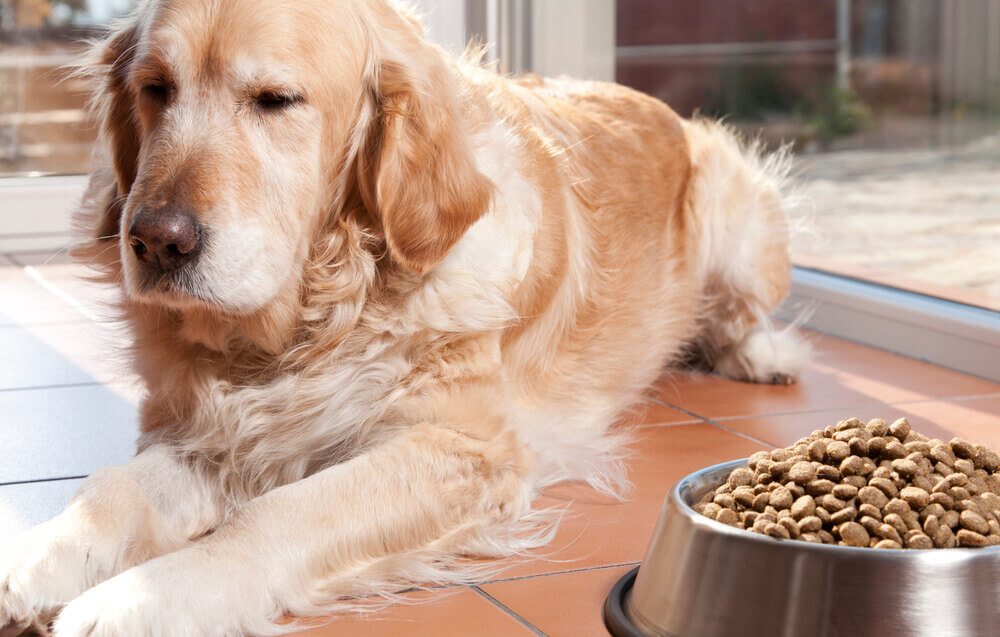
If your dog is a picky eater, especially if this behavior is new, the first thing you should consider doing is checking in with their vet.
A sudden refusal to eat food they’ve enjoyed can be worrying, and may be a sign of an underlying health problem that needs to be addressed, including issues with their teeth, which is something that is often to blame for sudden pickiness at mealtimes, or a refusal to eat altogether.
However, if they get a clean bill of health at the vet’s office, you may need to try other things to help them get the nutrition, and enjoyment, out of mealtime they should (and to stop you worrying, which you will inevitably do).
Here are some top tips to help you do just that.
Mix Up Foods
To make dog food more appealing for your pup, try mixing the two foods for a few days if your dog won’t eat the new stuff but likes the old one.
By concealing the new within the old, this should fool him into eating it. It’s also how you should typically introduce a new diet to dogs each time you do so anyway to avoid stomach upsets.
Cut Back on Table Scraps
It’s possible that you are solely to blame for your dog’s refusal to eat his food. His taste probably favors food with a bit extra flavor than what you’re going to receive from something you bought for him at the pet store if he’s used to being given table scraps.
To minimize your pet’s spoiled attitude about food, stop feeding them from the table, especially as doing so can expose him to foods that will upset his stomach, lead to excessive weight gain or even be unintentionally toxic.
Cut Back on Treats Too
Dog treats are called that for a reason. They have stronger flavors, more appealing smells and, we can only assume, taste wonderful as well. Essentially, they are candy for dogs, often with about as much nutritional value as human sweets (as in very little if any at all.)
Your dog may not be eating his food because he believes he will get enough goodies and treats throughout the day to satisfy him if he keeps up with those puppy eyes (and upsetting his parents because he isn’t eating). Try delaying giving your pet treats for a while if he won’t eat so he won’t be able to depend on them to satisfy his hunger.
Try a Dog Food Topper
Wet food has strong smells and a more meat like texture than kibble and other dry dog foods, but most pups benefit from having dry food in their diet too.
However, it’s often just not as appealing to them as the wet food.
There are a growing number of commercial dog food toppers available that can add something extra to dry dog food that will help make it more appealing. Or, you could just try something that is cheap, easy and surprisingly good for them anyway: chicken broth.
Every dish tastes better with chicken broth. Consider pouring chicken broth on top to give it a little extra taste if your dog is picky about his food.
With any luck, this will tempt your pet to chow down and help them get used to the flavors they are being offered in their bowl.
Just make sure you offer the low sodium variety, as dogs really don’t need too much sodium, and some chicken broths are very salty!
Don’t Always Go for the Cheapest Dog Food
Cheap dog food is usually cheap because it makes use of cheaper ingredients and contains a lot of fillers.
Not only can this upset a dog’s digestive system – leading them to dislike the food – but they often smell pretty bad (to dogs) as well, meaning that they may not even eat it all.
This is not to say that the most expensive dog food brands are always the best, there are some excellent well-priced choices out there.
What matters is the ingredients, so it’s a good idea to get into the habit of checking ingredient labels so that you know exactly what you are trying to feed your dog!

